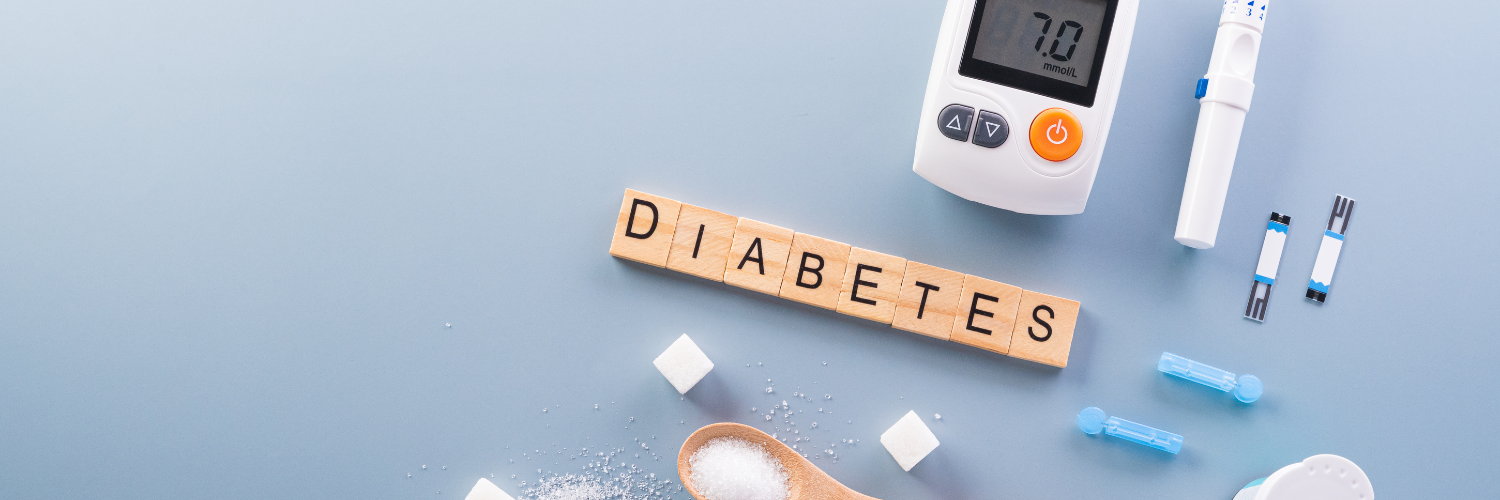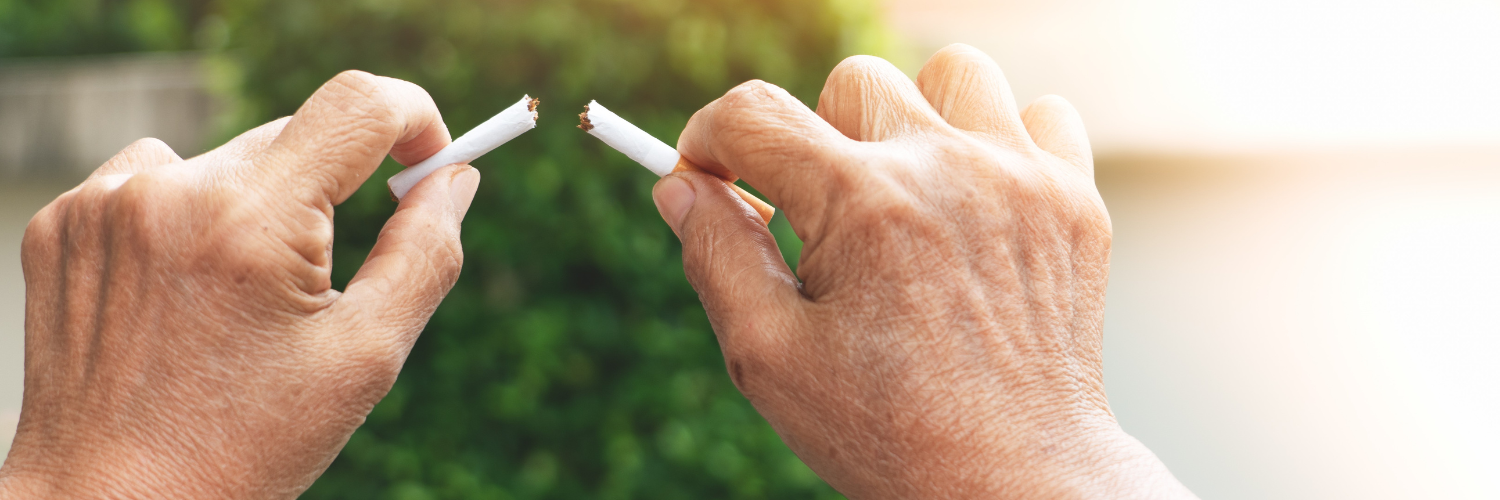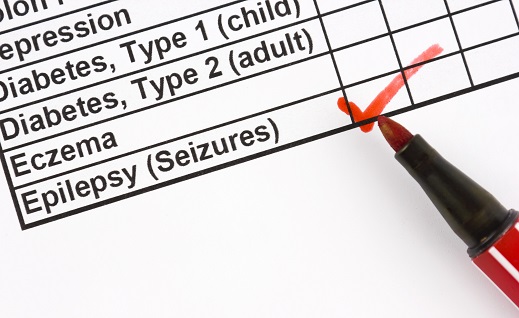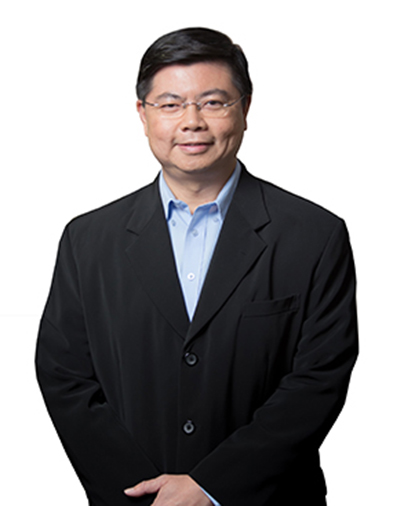Prepared by,
Dr Chris Chong
Consultant Neurologist
Gleneagles Kota Kinabalu
1. What is a Stroke?
The brain, like every other organ in the body, depends on a constant supply of energy to function normally. The brain’s fuel (oxygen and sugar) is carried in the blood. When a part of the brain is not provided with an adequate supply of blood, or when the blood does not carry enough oxygen or sugar, that portion of the brain becomes unable to perform its normal functions. When a brain area stops working, the function that is located in that area ceases, at least until energy is restored.
Stroke is a term used to describe brain injury caused by an abnormality of the blood supply to a part of the brain.
2. What Are the Different Types of Strokes?
Strokes can be divided into two very broad groups: haemorrhage (bleeding due to rupture of blood vessel) and ischemia (lack of blood supply due to narrowing or blocking of blood vessel).
3. What Are the Different Symptoms of Stroke? What Abnormalities Do Doctors Look for and Find in Stroke Patients?
Strokes usually occur suddenly. The symptoms of stroke can vary from individual to individual and depends on the region of the brain that is involved as well as the size of the stroke.
The common symptoms of stroke include:
a. Limb and/or facial weakness and/or numbness
b. Vision difficulties
c. Dizziness, vertigo as well as loss of balance and coordination
d. Speech and language difficulties
e. Abnormalities in thinking, memory and behaviour
f. Decreased level of consciousness
However, readers need to know that the brain symptoms are NOT specific for stroke. Loss of brain functions can be caused by many different conditions, not just stroke. Also, neurologic symptoms can come from parts of the nervous system other than the brain. Doctors need to consider all the symptoms when trying to discover where in the brain the dysfunction lies. Suspicion and confirmation of the diagnosis of stroke comes from history taking, physical examination, and performance of certain tests such as neuroimaging studies (Computed Tomography or CT brain, Magnetic Resonance Imaging (MRI) of the brain and blood vessels etc) and laboratory tests to better pinpoint the abnormalities in the brain and the blood.
4. What Are the Risk Factors for Stroke and How Can They Be Reduced?
Strokes do not just develop “out of the blue.” Most often there are risk factors and behaviours that predispose individuals to develop a stroke. The key words related to prevention of stroke are individual stroke risk factors.
Everyone should be aware of their own risks and behaviours that might predispose them to have a stroke. Prevention should begin early in life and continue throughout it. There is much that everyone can and should do to prevent stroke. Some risk factors are modifiable but some are not. Some risk factors are beyond control. For instance, we know that age, the male gender, and a history of stroke among close family members are risk factors for stroke. As you get older, you have a greater chance of having one too. If you are male, your chances of stroke before the age of 60 are higher than if you are female. If a parent or sibling has coronary heart disease or stroke, you have a higher chance of stroke than a person whose family members do not have a history of vascular disease. These are some of the risk factors that cannot be modified (i.e. one cannot choose one’s parents or stop the aging process).
Despite that, many of the risk factors can be prevented or minimized by behavioural change and medical treatments. The major modifiable risk factors that account for strokes are: high blood pressure (hypertension), cigarette smoking, diabetes mellitus, high cholesterol, and other abnormalities of lipid, certain heart diseases (e.g. irregular heart rhythms such as atrial fibrillation, heart valve abnormalities, etc.), obesity, physical inactivity, and excessive alcohol intake. For instance, if a person’s hypertension can be controlled with diet, regular exercises and medication, the risk of stroke can be minimized. For patients with ischemic stroke, a type of blood thinner (antiplatelet or anticoagulant) will be needed to reduce the risk of future stroke, other than controlling the individual risk factors.
5. What Treatments Are Available to Treat Acute Stroke Patients?
Newer medical, surgical, and radiological techniques have been developed over the past three decades that profoundly increase doctors’ ability to treat patients with brain haemorrhages and brain ischemia.
a. Treating Acute Brain Ischemia: In treating patients with an acute ischemic stroke (narrowed or blocked vessels), there are three general treatment strategies: (1) quickly try to bring more blood to the regions that are lacking blood flow, which can be done by either employing a different instrument to mechanically suck out the material blocking the blood vessel (a clot-retrieval device) or by introducing a chemical compound to dissolve the materials blocking the blood vessel (thrombolysis); (2) give medicine to reduce the chances of formation and spread of blood clots; and (3) modify risk factors to prevent recurrent strokes and/or heart attacks.
b. Treating Acute Haemorrhage within or around the Brain: When brain haemorrhages are large and life-threatening, doctors may be able to drain them by surgery.
c. Treatment of complications of stroke: Strokes, like many other serious illnesses, can be followed by a host of other problems. Complications are of three general types: (1) neurologic, causing brain function to worsen (i.e. seizures, worsening of brain swelling after stroke); (2) medical, involving organs other than the brain (i.e. pneumonia, urinary tract infection, pressure sores, deep vein thrombosis, heart attack, etc.); and (3) psychological, as strokes are often followed by depression.
All these possible complications need to be identified and treated accordingly.
6. What Are Some of the Disabilities, and Handicaps That Remain after a Stroke?
Strokes affect different portions of the brain and can lead to dysfunctions of many different types and severity levels, many of which are temporary. When symptoms persist and impair activities of daily living, they are often referred to as disabilities or handicaps. There are different types of disabilities or handicaps, depending on the severity and regions of the brain involved in stroke:
a. Motor abnormalities: Many patients’ limbs become weak, stiff, or uncoordinated after a stroke.
b. Sensory abnormalities: Can include loss of feeling, abnormal sensations (often described as tingling, pins and needles, etc.) and pain.
c. Cognitive and behavioural abnormalities: Thinking ability (cognition) is often affected by stroke. Loss of function can relate to the making of new memories, speaking, reading, writing, calculating, and recalling where things and places are located.
d. Language abnormalities: Abnormal use and understanding of language can persist. In some patients, difficulty arises in using wrong or suboptimal words, but they can still get their meaning across to the listeners. Some may have considerable difficulty understanding spoken language.
e. Abnormalities in planning, judgment and performing complex activities: Some patients recover from their stroke but do not seem to be able to function well in society despite what is seen as preserved intelligence and knowledge. Their behaviour and ability to act as they use to is severely impaired. Some categorize this type of abnormality as executive dysfunctions, meaning that the patients have difficulties in planning, making judgements, and performing complex activities (e.g. cooking a meal).
The great majority of stroke patients get better. Some improve so much that they return to normal or near normal functions. The ability to return to normal functions varies widely between individuals. Some have persistent or permanent disabilities. Rehabilitation refers to the process of others helping patients to promote recovery. A stroke patient should be managed by a multidisciplinary team that consists of doctors (neurologist, neurosurgeon, physician), nurses, physiotherapist, occupational therapist, speech therapist, pharmacist, dietitian, social worker, psychologist, etc. A very important aspect of rehabilitation is to educate the family members or the carers about the nature of the various disabilities and how they should be handled in a home environment. The carers can help with the therapy and should know the patient’s abilities and limitations.
Although one person has a stroke, the effect of that stroke is quite widespread. The spouse or the significant other now must become a caregiver in addition to previous roles and responsibilities. The stroke patient’s role in his or her workplace may end or altered. The physical, social, psychological and economic burden is enormous. Therefore, the significance of stroke cannot be overemphasised.

.png?sfvrsn=aded59ef_1)







